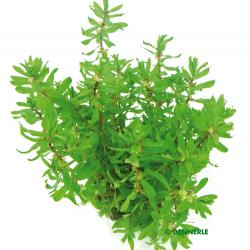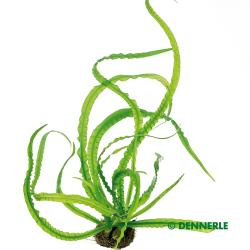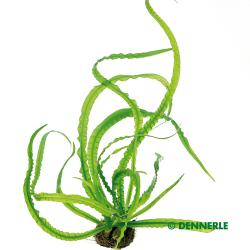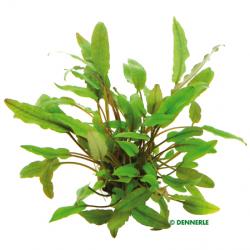Mittel

Cryptocoryne wendtii ´Broad Leaf´ In-Vitro
 Lighting
Lighting
 Color
Color
 Position
Position
 20 - 28 °C
Temperature
20 - 28 °C
Temperature
 CO2
CO2
 10 - 20 cm
Growth
10 - 20 cm
Growth
Family:
Araceae
Species:
Cryptocoryne
Type:
Rosettenpflanze
A very easy water trumpet from sri lanka. this is a variety of Cryptocoryne wendtii with fairly broad leaves. Plants can vary quite strongly in appearance, and leaf colour also varies. modern cell culture has allowed the isolation of the various types for propagation in varietally pure form. all C. wendtii variants have one thing in common: they are easy to care for and easy to cultivate. the leaves of C. spec. 402 are a potent green, sometimes with interesting brown mottling.














